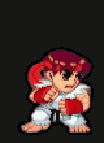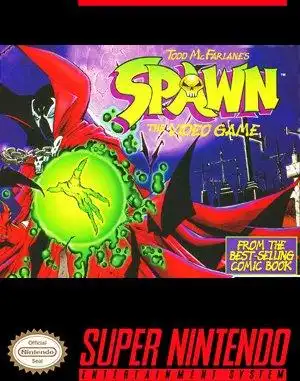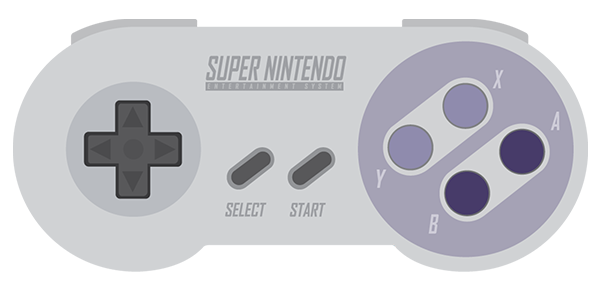The 1990s were a wild time for comics, and few characters exploded onto the scene quite like Todd McFarlane's Spawn. With his chains, cape, and grim demeanor, Al Simmons was everywhere, and naturally, that meant a video game adaptation was inevitable. For many of us clutching a Super Nintendo controller, that adaptation arrived as Spawn SNES.
But how does this dark, side-scrolling beat 'em up hold up after all these years? Was it a worthy translation of the Hellspawn's power, or just another licensed game cashing in on popularity? Let's take a trip back to see what Todd McFarlane's Spawn: The Video Game brought to the 16-bit era.
What Kind of Game Was Spawn on SNES?
Released in 1995, Todd McFarlane's Spawn: The Video Game landed on the Super Nintendo as a side-scrolling action beat 'em up with a dash of platforming. Developed by Ukiyotei and published by Acclaim and Sony, it aimed to bring the gritty, supernatural world of the comic book to life on your TV screen.
The basic premise is classic beat 'em up stuff: Spawn has to fight his way through hordes of enemies across 17 levels to rescue thirteen kidnapped children, including his stepdaughter, from a villain called The Mad One. Standard hero-saves-the-day setup, but wrapped in Spawn's signature dark aesthetic.
Diving into the Gameplay
Controlling Spawn feels pretty typical for the genre at first glance. You've got your standard moves: walking, running, ducking, and jumping. Combat relies on punching and kicking, chaining together basic combos to dispatch the assorted thugs and demons thrown your way.
Where Spawn SNES tried to mix things up was with Spawn's special powers. Activated via button combinations reminiscent of 2D fighting games, these included projectiles, teleportation, and even a full health restore. However, using these powers wasn't free. They consumed a limited resource called Necroplasm, tracked by a timer. If this timer ran out, it was Game Over, regardless of your health! This added a unique strategic layer, forcing you to be mindful of your supernatural energy.
Other gameplay notes for the retro enthusiast:
- Unlimited Continues: A forgiving feature that let you keep retrying levels.
- Password System: Allowed you to save progress between sessions, though it frustratingly didn't restore your Necroplasm timer.
- Controls: Opinions were mixed back then. Some found the special move inputs awkward, while others appreciated the attempt at a deeper combat system beyond just mashing attack.
The Story: A Slice of the Comic
The game does make an effort to tie into the comic's lore. It sets up Al Simmons' tragic backstory and his deal with Malebolgia. The plot involving The Mad One and the Orb of Purity feels like a specific, contained arc plucked from the comic's universe, even featuring comic-style cutscenes between levels to advance the narrative. For fans of the source material, this was a definite plus, making the game feel like more than just a generic action title with a Spawn skin.
How Was It Received Back Then?
Upon release, Spawn SNES garnered mixed reviews. Critics generally praised the game's presentation – the graphics were considered good for the SNES, the character animations were fluid, and the music captured the dark mood. The comic-style cutscenes were also a highlight for many, showing faithfulness to the source.
However, the gameplay often drew criticism. It was frequently called uninnovative and repetitive, a common pitfall for beat 'em ups of the era. Some players found the controls clunky or the special moves difficult to pull off consistently. The Necroplasm timer, while unique, could also be a source of frustration.
The general consensus seemed to be that while the game looked and sounded the part, and was faithful to the comic's aesthetic, the core gameplay loop wasn't strong enough to make it a must-have for everyone. It was often recommended primarily for fans of the comic book series who could overlook its flaws for the chance to control Spawn on their console.
Playing Spawn Today: Nostalgia Goggles On?
Revisiting Spawn SNES today definitely requires a degree of nostalgia. Compared to more refined beat 'em ups, its limitations become clearer. The combat can feel simplistic, the levels can blend together, and the Necroplasm timer can still be annoying. Boss battles, in particular, could be quite challenging!
Yet, there's a certain charm to it. The graphics still have a cool, gritty look, and seeing Spawn's powers animated on the SNES hardware is neat. For fans of the comic, it's a fun piece of history – the very first video game adaptation of the character. It captures a specific moment in the 90s when licensed games were everywhere, and developers were figuring out how to translate complex characters to 16-bit systems.
If you're a huge Spawn fan or just curious about lesser-known SNES beat 'em ups, it might be worth tracking down a cart or trying it via emulation (like Archive.org). Just be prepared for a game that's perhaps more interesting as a historical artifact and tie-in than a timeless gameplay classic.
FAQ
Q: What genre is the Spawn SNES game? A: It's primarily a side-scrolling action beat 'em up with some platforming elements.
Q: Is Spawn on SNES considered a good game? A: It received mixed reviews upon release. Graphics and faithfulness to the comic were praised, but gameplay was often criticized as repetitive. It's generally considered a game best enjoyed by fans of the Spawn comic.
Q: Is the Spawn SNES game hard? A: It can be challenging, especially with managing the Necroplasm timer and some difficult boss fights. Unlimited continues help, but the password system doesn't restore your power meter.
Final Thoughts
Todd McFarlane's Spawn: The Video Game on the SNES is a fascinating product of its time. It rode the wave of Spawn's popularity, delivered a game that looked the part, and attempted some unique gameplay mechanics with the Necroplasm system. While it didn't reach the heights of the SNES's best action titles, it offered Spawn fans a chance to step into the boots of the anti-hero and fight the forces of darkness, one button-mashing combo at a time. It's a nostalgic trip back to the 90s, warts and all.


